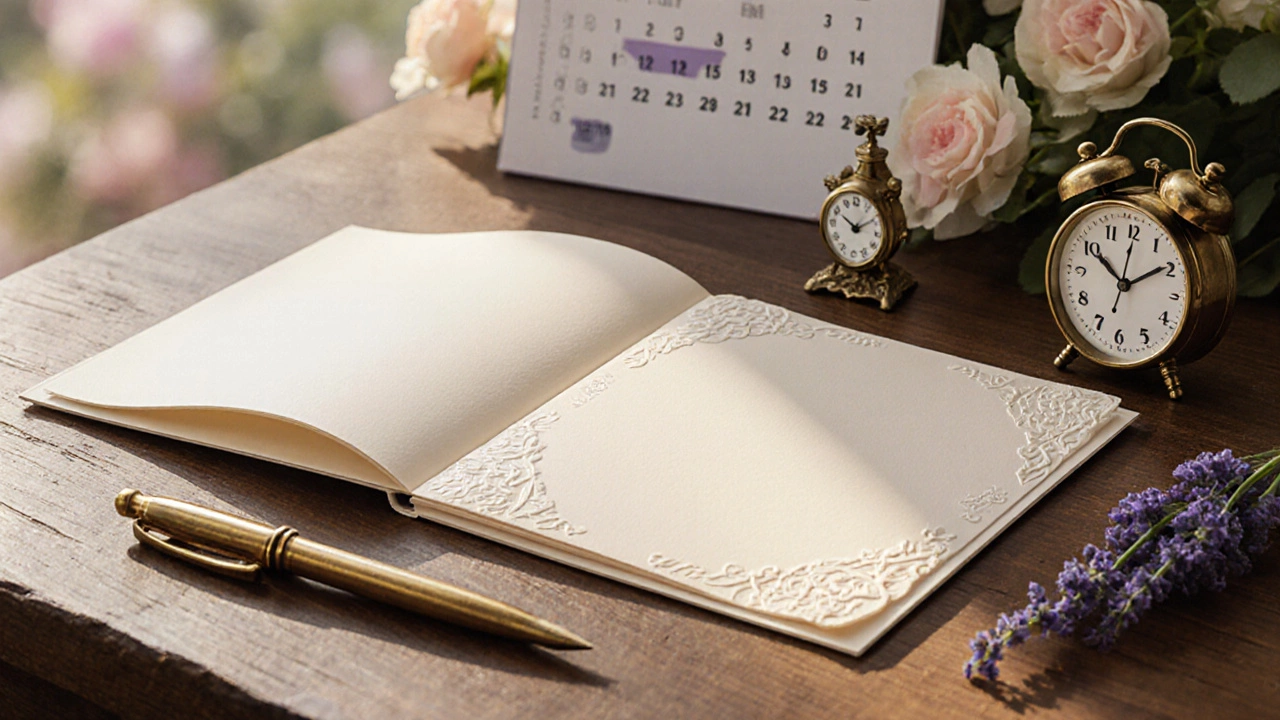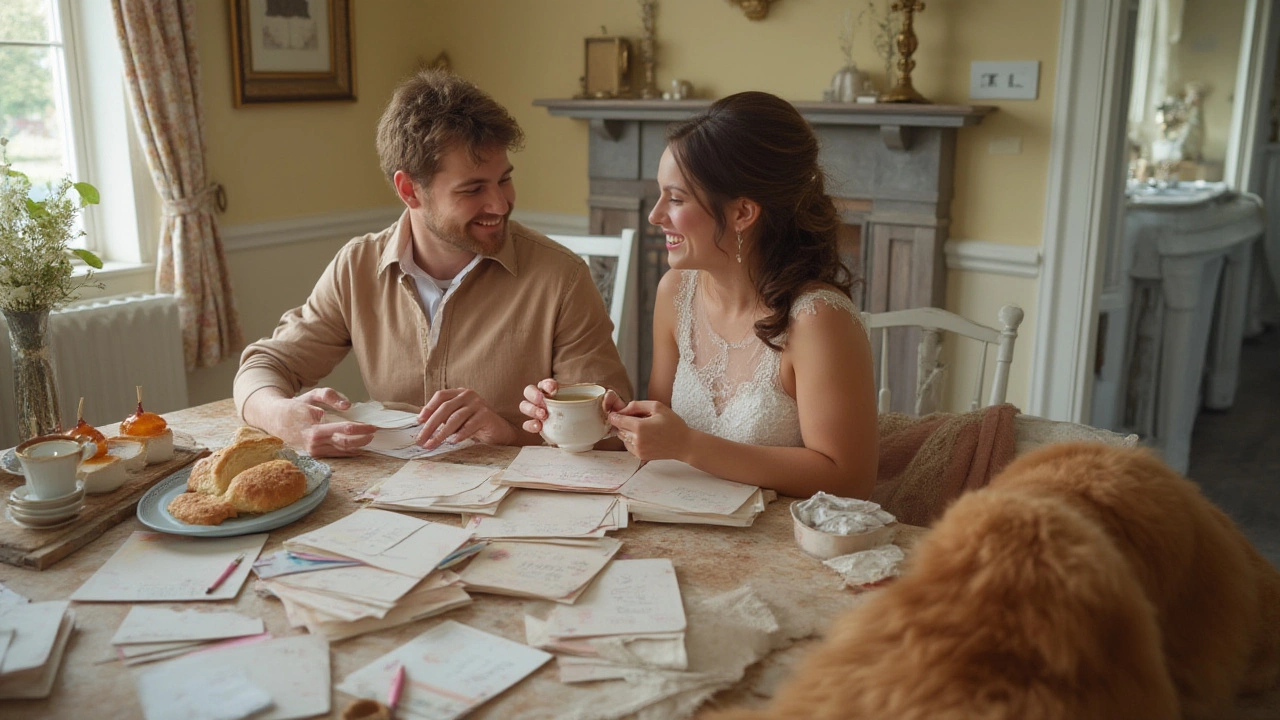Invitation Etiquette Made Simple: What to Include, How to Reply, and How to Send
Planning a wedding is stressful enough without wondering if your invites are right. Let’s cut the confusion. Below you’ll find the must‑know bits for wording, RSVP mysteries, paper finishes, and mailing basics.
What Every Wedding Invite Should Say
First things first: the core details. List the couple’s names, the date, time, and venue address. Add a short line about dress code if you have one – guests appreciate the heads‑up. Most couples also include a wedding website URL for extra info like hotel options or gift registries. Keep the wording short, sweet, and free of jargon.
Don’t forget the RSVP card. It should ask for the guest’s name, a yes/no box, and a space for the number of attendees. Including a deadline (usually three weeks before the big day) helps you lock down numbers for catering and seating.
Decoding RSVP Symbols: The M and Other Mysteries
Ever seen a tiny “M” on an RSVP card and wondered what it means? Historically, ‘M’ stood for “Mr.” and indicated that the male guest was expected to reply. Modern cards often drop the letter altogether, but if you still see it, just treat it as a reminder to fill out the guest’s full name.
Other symbols you might spot: a heart for a “plus one” invitation or a tiny fork for a “dietary restrictions” note. If a symbol confuses you, a quick call to the couple (or their planner) clears it up faster than guessing.
Choosing Between Matte and Glossy Paper
Matte invites feel soft and elegant; glossy ones pop with shine. Your choice should match your wedding style. A rustic barn wedding pairs well with matte, recycled paper, while a glam ballroom affair can handle glossy cards without looking cheap.
Remember that glossy finishes can make colors appear brighter, so order a sample if possible. Matte can be easier to write on, especially if you’re using a fountain pen for that personal touch.
Understanding Invitation Weight and Postage
Most standard wedding invitations weigh between 2 and 4 ounces. Anything over 4 ounces pushes you into a higher postage bracket. If you add extra pieces – like a pocket card, RSVP card, or a small map – weigh a sample stack at home with a kitchen scale.
To keep costs down, consider using lightweight cardstock or trimming excess layers. Many printers offer “weight‑optimized” packages that stay under the 4‑ounce limit while still feeling substantial.
When you’re ready to mail, buy a bulk set of #1 stamps (the standard first‑class rate) and add a few extra for heavier sets. It’s cheaper than buying a custom postage label for each invite.
Finally, address envelopes legibly, use a clear, easy‑to‑read font, and double‑check the spelling of every name. A small typo can feel like a big slip‑up on a day that’s all about love.
Follow these tips, and your invitation game will be spot‑on. Your guests will know exactly what to expect, RSVP with confidence, and receive their invites without any postal hiccups – leaving you free to focus on the happy stuff.

- Oct, 19 2025
- Comments 0
Wedding Invitation Time: When to List the Ceremony Start

- Jul, 30 2025
- Comments 0